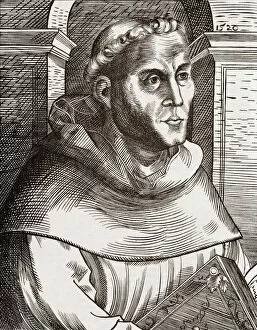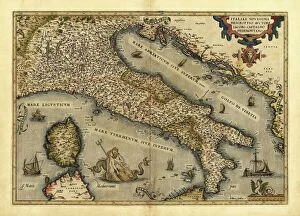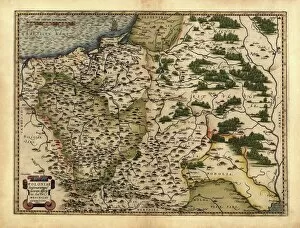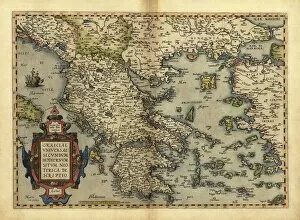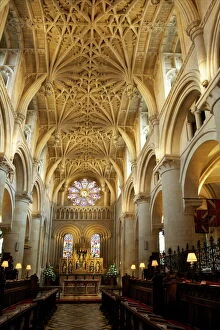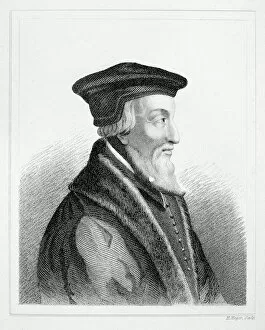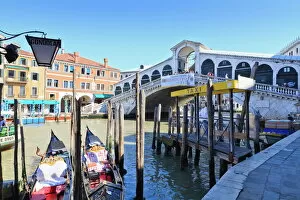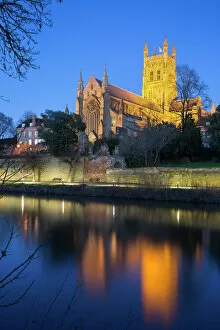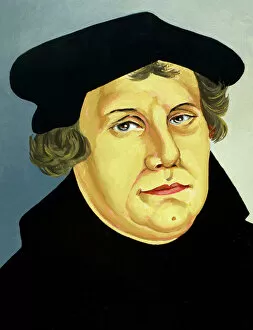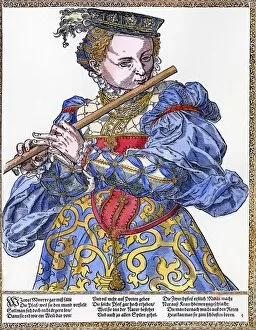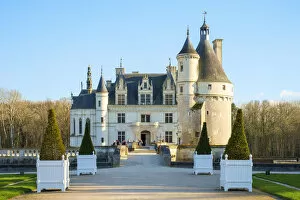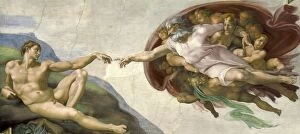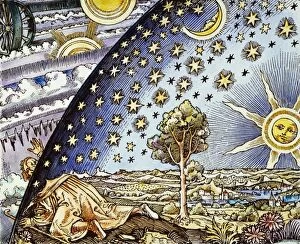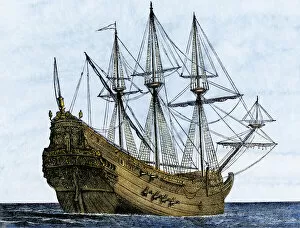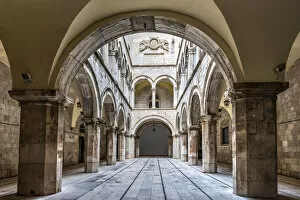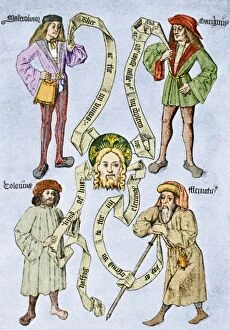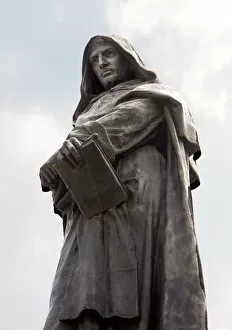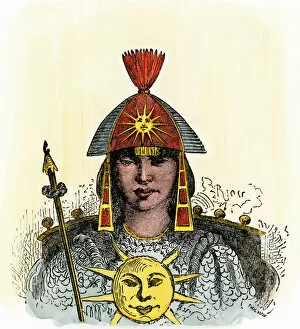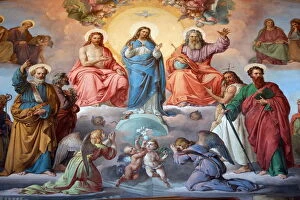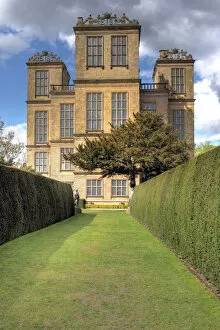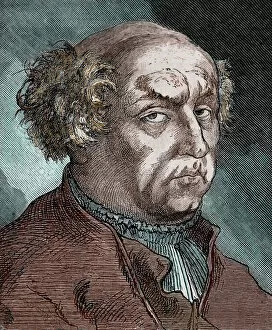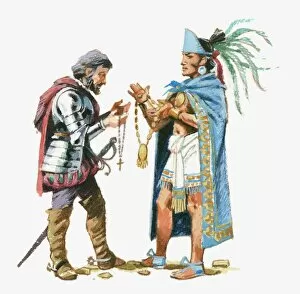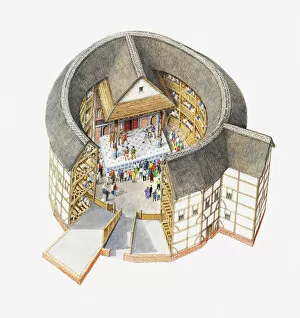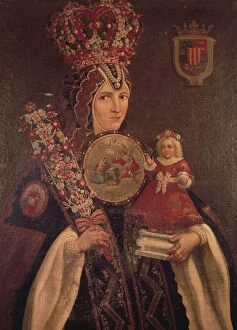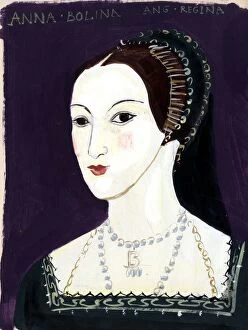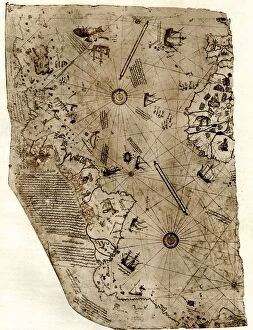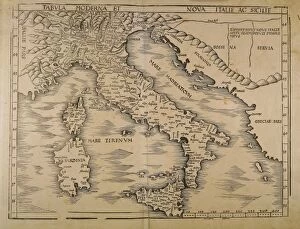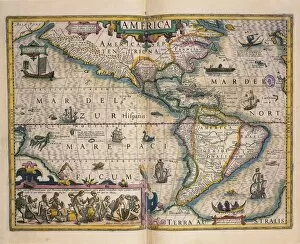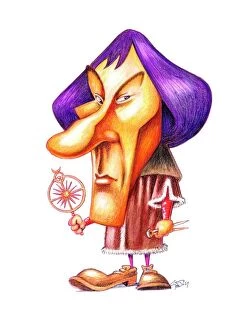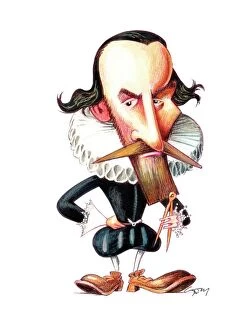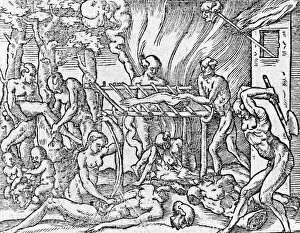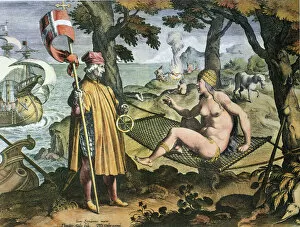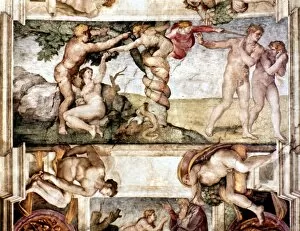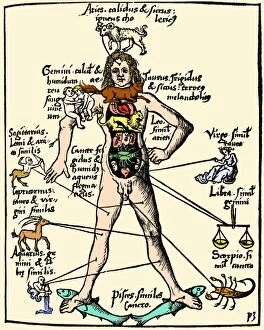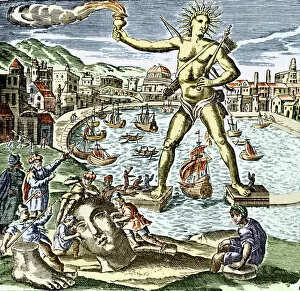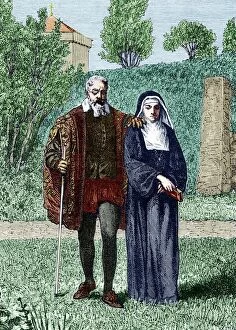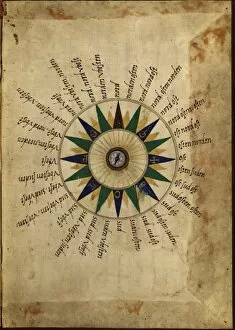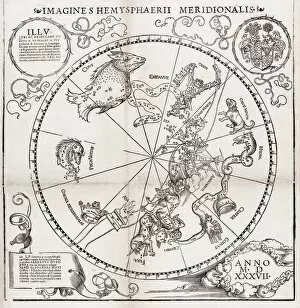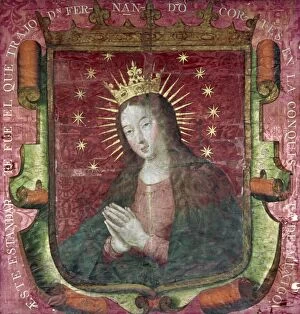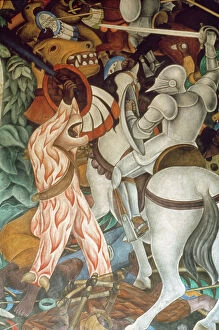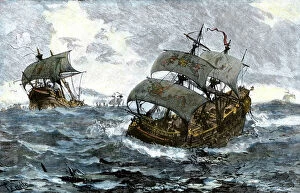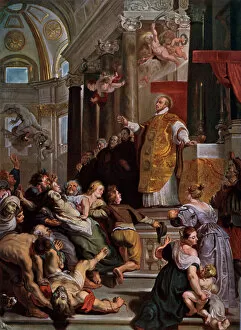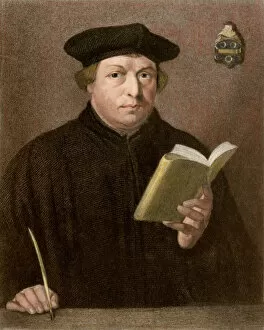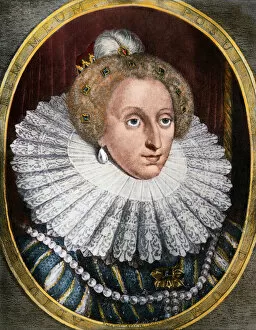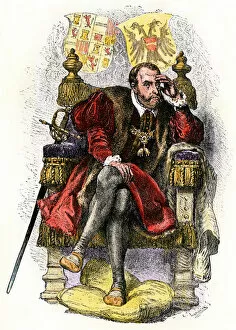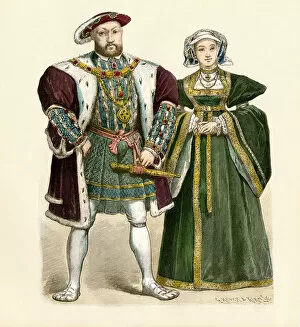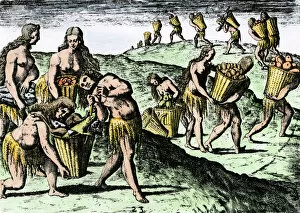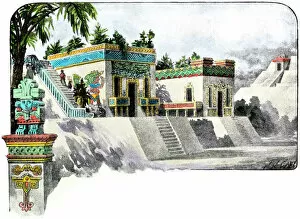16th Century Collection (page 3)
Step back in time to the 16th century, a period of exploration and cultural richness
For sale as Licensed Images
Choose your image, Select your licence and Download the media
Step back in time to the 16th century, a period of exploration and cultural richness. Jacopo de Barbari's intricate Map of Venice in 1500 transports us to the enchanting canals and vibrant streets of this Italian city-state. As we journey further east, we find ourselves in Amritsar, Punjab, India, where the majestic Golden Temple stands tall amidst the serene Amrit Sagar lake. Leonardo da Vinci's detailed Skull Anatomy reminds us of the scientific advancements made during this era. Across Europe, Trinity College's Long Room beckons with its shelves lined with centuries-old books, offering a glimpse into intellectual pursuits of scholars from Dublin. Meanwhile, on another continent, Mexico proudly displays its flag against the backdrop of Plaza de la Constitución (Zócalo), with the magnificent Metropolitan Cathedral towering above. The Harmandir Sahib (Golden Temple) reappears on our journey as we explore Asia's rich heritage. Its golden splendor shines brightly in Amritsar once again. Pieter Bruegel the Elder takes us to a snowy landscape through his masterpiece "Hunters in the Snow, " capturing both nature's beauty and human activity during winter. German engraving from 1594 showcases surveyors diligently working on land and sea – a testament to expanding knowledge and cartography during this time. Abraham Ortelius' map reveals an Ottoman Empire at its height in 1570 while Dürer’s world map from 1515 provides insight into how people perceived geography centuries ago. Finally, Da Vinci surprises us yet again with his crossbow design – an example of his multifaceted genius that spanned artistry and engineering alike.

